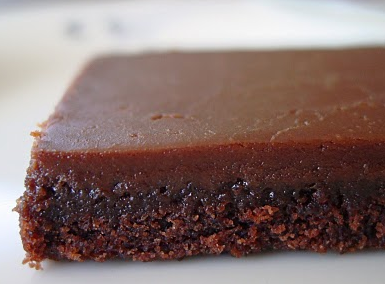Examine the above painting closely, and you will notice a few things...
1) Rear left: drunk lady smiling drunkenly at her reflection in the mirror
2) Front left: Drunken guest vomiting drunkenly on little girl's dress
3) Far right: Drunken woman about to "wardrobe malfunction"
WELCOME TO BEANFEAST!
"What the hell is Beanfeast?" you wonder. Well, I'm glad you asked.
According to Wikipedia, Beanfeast was an annual dinner given by an employer for his workmen. Colloquially, it describes any jollification." In layman's terms, it's a rip-roaring good time bankrolled by the boss. The term "Beanfeast," (and its shorter form "beano) is fairly common in Britain, lesser known in the United States. (Although, after reading this Wikipedia, I am already planning a stateside Beano come December 2012...)
The origin of beanfest is uncertain. In short, despite several meetings of the historical minds, nobody is really sure what the hell was going on at Ye Olde Beano, but according to all the Beano art left behind, it's safe to assume everyone was tanked and the scene probably closely resembled 18th century period pieces featuring 1980s one-hit wonders. As tends to be the case, when all else fails - blame France. And that's exactly what historians did.
The most probable theory connects Beano to the French custom of a feast on Twelfth Night at which a cake with a single bean buried in it was served to party guests. He or she who had the good fortune to bite into the slice of cake in which the bean was concealed was dubbed "Bean King" or "Bean Queen." (And occasionally broke a tooth in the process, but I'm sure we can all agree an 18th century root canal is a small price to pay to be dubbed legume royalty...)
"What the hell?" you are probably wondering. "Why would anyone partake in such nonsense?" Let us take a moment to consider a couple things:
1) Drunk. Drunk! Everyone was drunk back in those days. Trying to ward off black death was a full-time, if not a little depressing, job. And if drinking moonshine from a goat bladder and burying beans in baked goods helped people get through the day - so be it.
2) More importantly, Beanfeast was essentially an old timey office party. And if you have ever been to ANY office party with an open bar, you know how people get. There is always that one guy who can't hold his appletinis and gets dismally tanked in an impressively short amount of time immediately before doing something incredibly, horrifyingly embarrassing in front of an audience of his peers and superiors. This directly precedes the phase in said colleague's professional life wherein he will always be referred to as "That guy who XYZ-ed at the 20XX Christmas party" ...and will be remembered as such for the rest of time.
3) Party games are FUN! For centuries, the human urge to combine friends + booze + friendly competition has lead to ingenuity in the field of fun. Just to name a few: "CORNHOLE" (because there is nothing creepy about replicating a bean bag toss you probably played in preschool and giving it an anatomically suggestive name that makes everyone think of ...not corn), "BEER PONG" (aka "Alcohol poisoning by the numbers"), and my personal favorites "TRUTH OR DARE" and "I NEVER." As it turns out, real life isn't anything like "Taxi Cab Confessions," and when you blabber about your past there are immediate, swift and sometimes terrible ramifications. You see, clouded judgment + self-disclosure in a bar makes for some mighty uncomfortable situations. And while your priest may be forgiving of the litany of things you indirectly confess to in an alcohol-induced haze, the spouse sitting next to you - not so much. AWK.WARD.
4) If reasons 1 - 3 simply haven't convinced you of the merits of Beanfeast, let me remind you of this: we live in a time where the "Forever Lazy" exists. Let ye who has never worn an adult onesie cast the first stone.
But I digress. Back to Beanfeast...
As far as historians can tell, the purpose of Beanfeast may be tied to a once-held popular belief that the weather for the ensuing year was determined by the weather of the twelve days between Christmas to Twelfth Night. Each individual night during this period was linked to a month in the forthcoming year. Thus the King of the Bean may have originally reigned for a period twelve days, his chief duty being the performance of magical ceremonies for ensuring good weather during the ensuing twelve months. I like to believe it somehow involved a Ribbon Dancer.
Alas, much like the life cycle of a butterfly (or a Kardashian marriage) life as a royal was brief and fleeting. A mere twelve days after ascending to the throne, the spell was broken and Bean King was stripped of his crown, thrust back into a pauper's world, with the likes of those who could not afford to shop at Whole Foods and Trader Joes.
THE END.


















